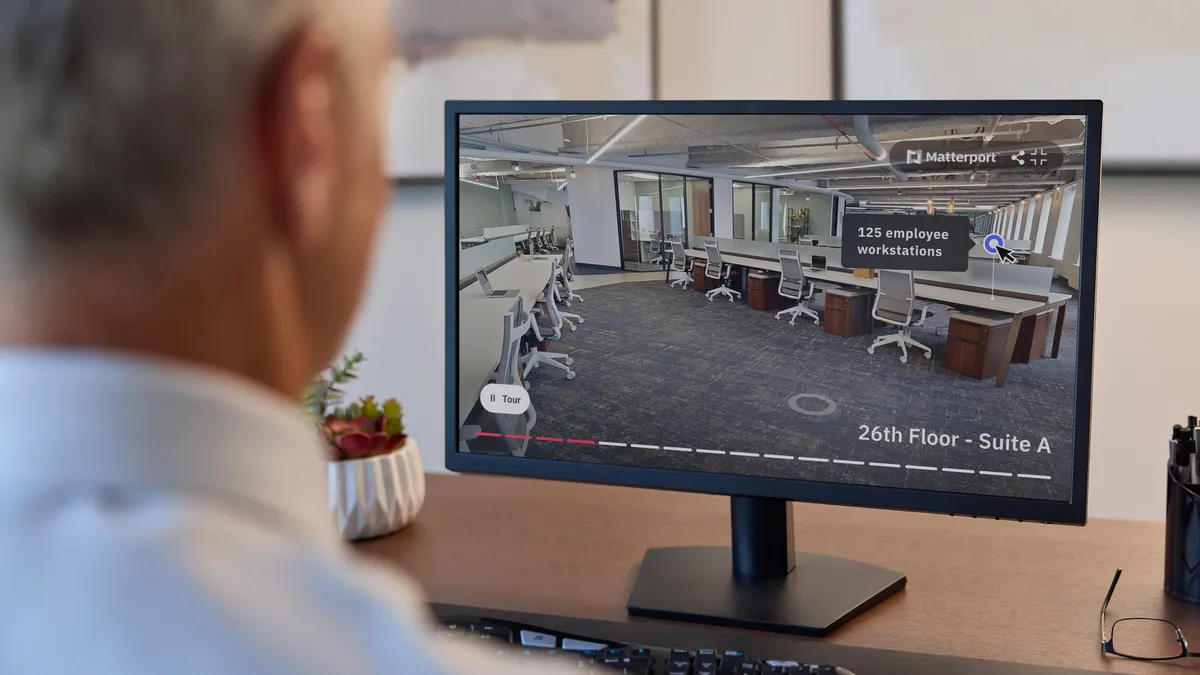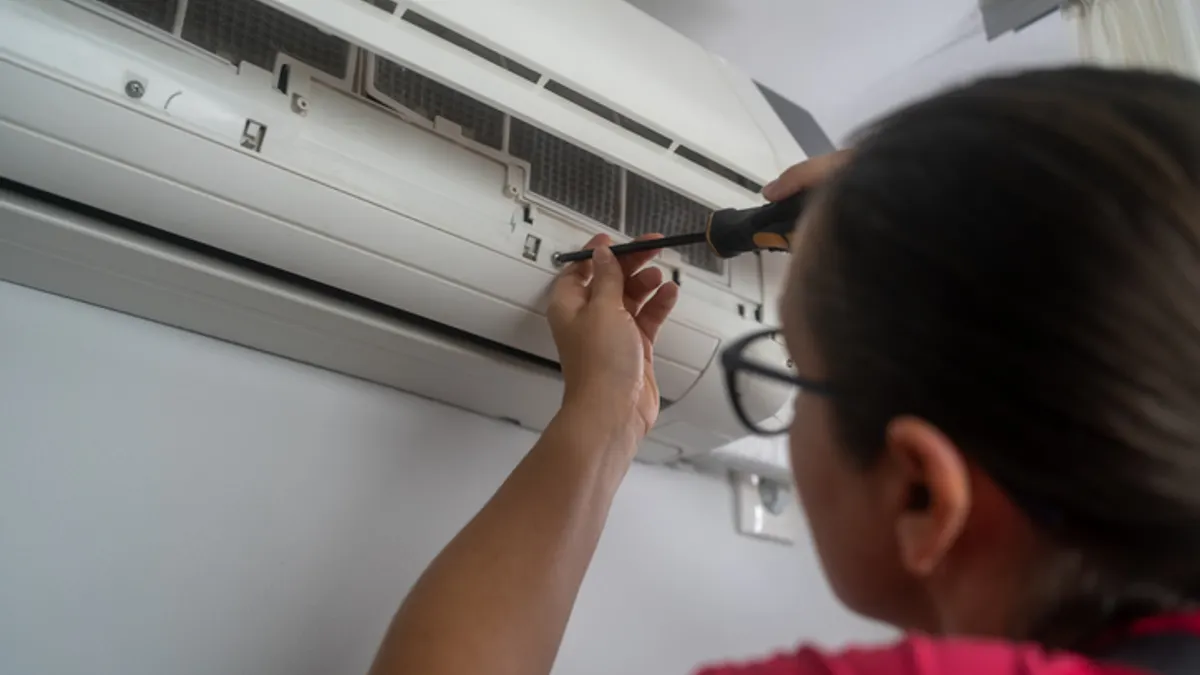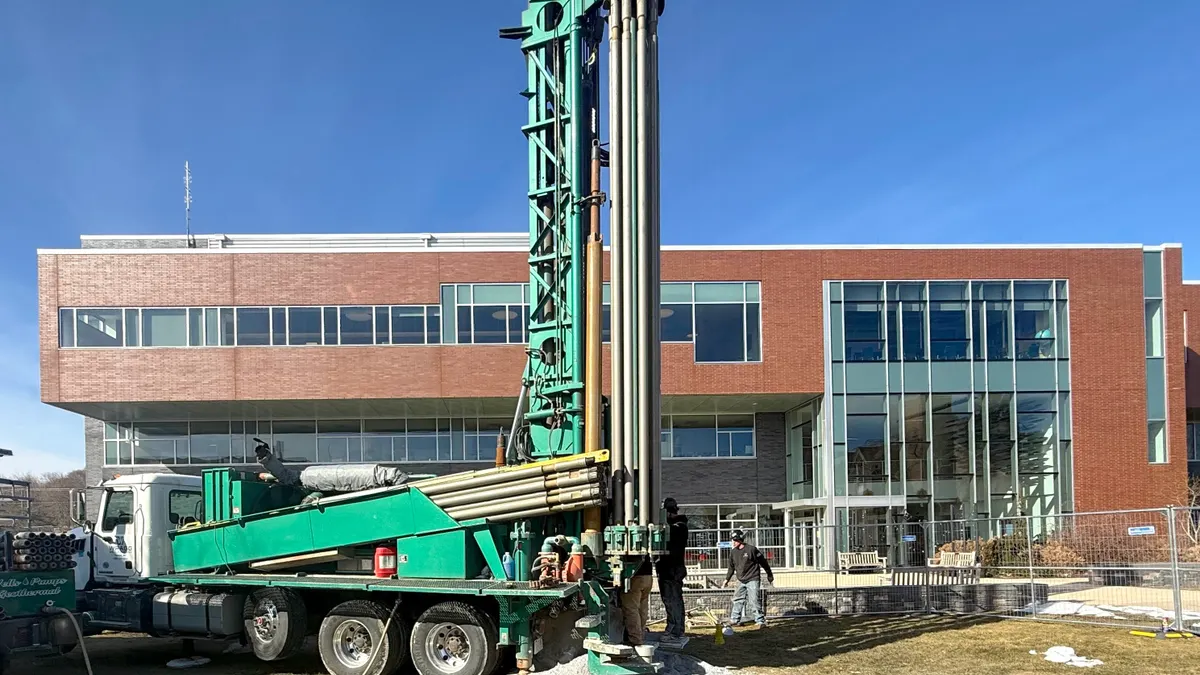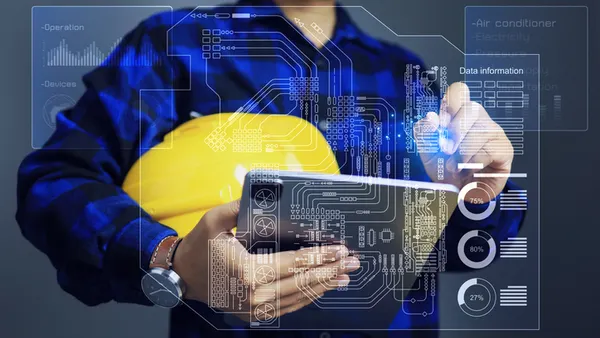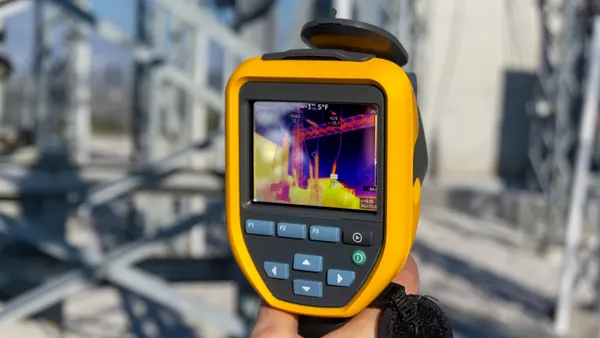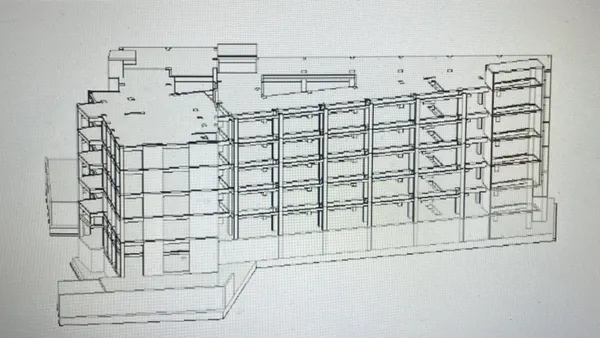Dive Brief:
- Matterport unveiled new beta upgrades to its digital twin platform that provide automated room measurements, 2D and 3D layouts and reporting capabilities.
- The new feature processes 3D spatial data the existing platform captures to automate and label room-by-room measurements that eventually will include ceiling height, the company said.
- It anticipates the feature will save up to 10 hours per property model by reducing the need for manual editing and tagging. It also will allow property owners and operators to edit building layouts and enhance space functionality, Matterport says.
Dive Insight:
The commercial real estate sector contends with a host of challenges driven by higher vacancy rates and a slowdown in rent growth compared with previous years due to slow return-to-office and high interest rates, according to the National Association of Realtors’ July 2023 Commercial Real Estate Market Insights Report. Within the office sector, vacancy rates hit a record high of 13.1% at the end of the first half of 2023.
Matterport said the update will provide property details such as the size of walls, type of room and total square footage. The new functionality gives property managers the ability to accelerate the production of listings and drive demand for spaces, it said.
The automation also enables customization within its platform, the company said, with layouts being fully editable to adjust walls, openings and room names. The data also gives facilities managers and property owners access to insights into potential space configurations to guide project development, renovations and remodeling efforts.
JP Wollersheim, senior director of AI, machine learning and computer vision product management at Matterport, told Facilities Dive that in addition to the new platform features, the company is also working to create channel partnerships and integrations with the AI technology to further drive operational efficiencies from captured building data.
“We have tight integrations with Revit,” a 4D building information modeling tool used by architects, engineers and builders, “and integrations with other platforms,” Wollersheim said. Matterport’s API allows quick downloading and exporting of its digital twin data, Wollersheim added.
Looking ahead, Wollersheim said Matterport continues to evaluate potential integration partners and will work with its beta customers to improve the technology and reduce the time it takes to complete projects. One focus is improving the use of mobile devices as capture tools so users do not need special cameras to take photos and measurements of their spaces.
Before this upgrade, users would tell the company “they have to go drive to the [building] so often to do these measurements because they don’t have more accurate, more recent measurements,” Wollersheim said. “They like the fact that they can just use our Capture Services … and all of a sudden, they see this model, it’s a complete, up-to-date model and they can go and get all of the measurements” from the model.
“At the end of the day, we want to make sure that we save them time, save them money and increase the quality of the measurements,” Wollersheim said. “And [those are] the results that we're getting back thus far.”
Clarification: This story was updated to clarify the extent of Matterport’s integrations.



